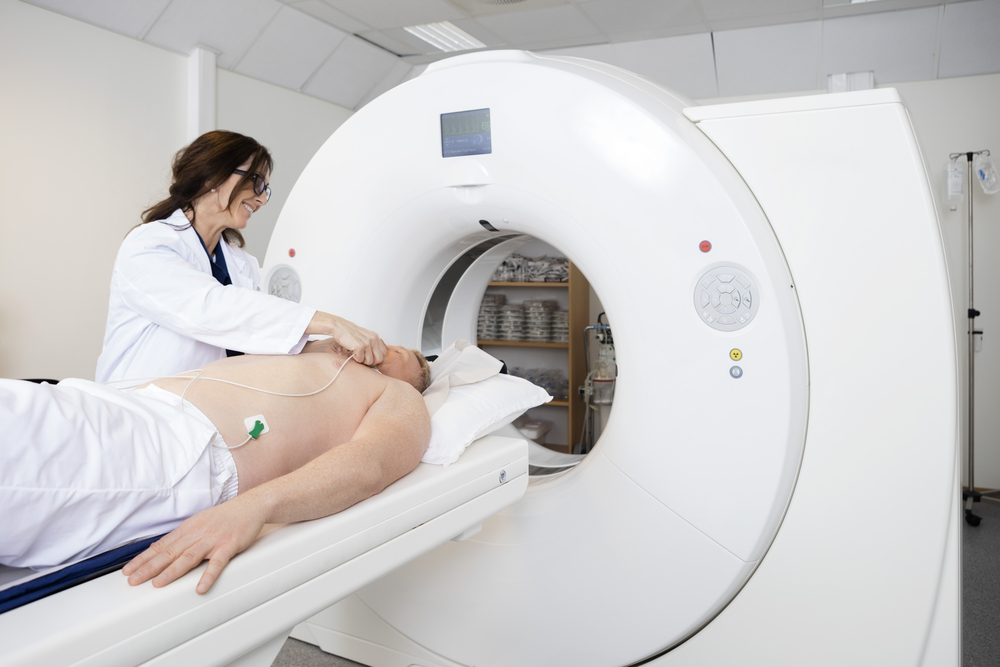Monitoring Cardiac Sarcoidosis Patients with Repeated PET Scans Could Help Set Best Treatment Course
Written by |

Closely monitoring the effect of steroid treatment in patients with cardiac sarcoidosis can help detect any resistance that may develop against the treatment and help doctors identify patients who might need increased doses of immunosuppressive therapy.
Cardiac sarcoidosis, or sarcoidosis of the heart, is a medical condition that is increasingly being recognized by doctors. It is usually treated with corticosteroids that suppress the immune system.
The condition is diagnosed using a technique called fluorine-18-flurodeoxyglucose positron emission computed tomography (abbreviated as 18FDG-PET CT). The technique is able to detect the level of inflammation in the heart muscle through the uptake of 18FDG, and is a powerful tool that allows clinicians to monitor patients’ response to therapy.
The study, “Serial FDG-PET scans help to identify steroid resistance in cardiac sarcoidosis,” was published in the International Journal of Cardiology.
Key findings showed that the more FDG uptake there was after steroid therapy, the poorer the clinical outcomes for patients.
The team, led by Dr. Calambur Narasimhan of the Department of Cardiac Electrophysiology at CARE Hospitals in Hyderabad, India, identified 15 patients with cardiac sarcoidosis. All patients had 18FDG-PET CT scans before and after steroid treatment. The researchers divided the patients into two groups: those who responded to steroid treatment and those who did not.
The nonresponders were defined as those patients who had persistent or worsened heart arrhythmia and symptoms of heart failure despite steroid treatment. Symptoms of heart failure include shortness of breath, fatigue, swelling in the legs, ankles and feet, rapid or irregular heartbeat, and persistent cough or wheezing.
The researchers than compared FDG uptake in patients who responded to treatment and those who did not. They found that FDG uptake was significantly lower in patients who responded to steroid treatment, while in nonresponders there was an increase in uptake.
Disparate FDG uptake on the first PET scan, and increased FDG uptake and an increased area of heart muscle inflammation on the second scan, were all associated with poor clinical outcomes despite steroid therapy.
The researchers concluded that repeat PET scans may help doctors predict which patients will develop a resistance to steroid treatment. Armed with this knowledge, immunosuppressive therapy among poor responders to initial therapy can be increased in gradual increments to obtain a better response.





